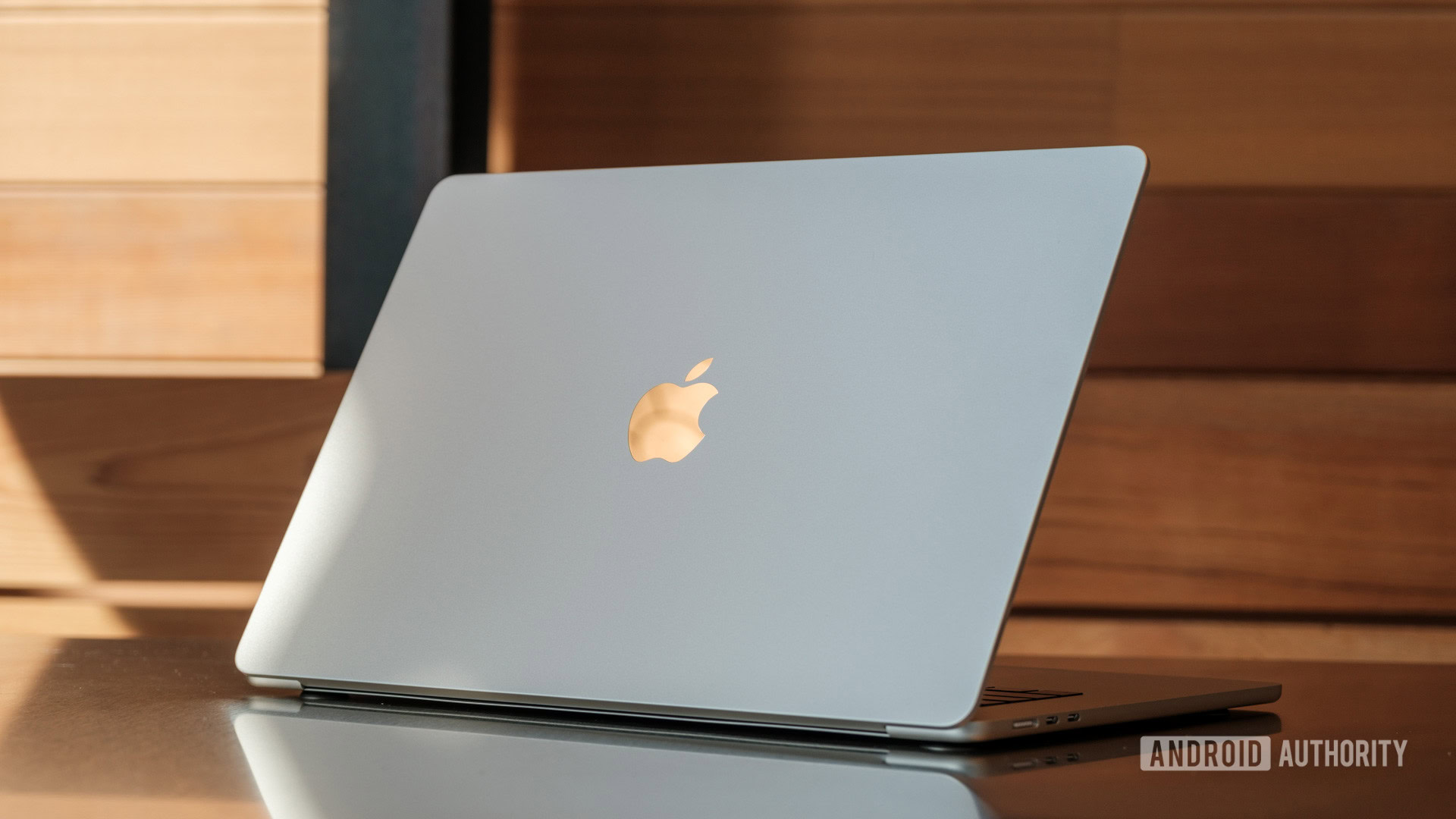- Регистрация
- 15 Февраль 2018
- Сообщения
- 15 634
- Лучшие ответы
- 0
- Реакции
- 0
- Баллы
- 1 295
Offline
Rita El Khoury / Android Authority
TL;DR
- Apple is reportedly working on a lower-cost Mac laptop that could sell well under $1,000 by using iPhone-class chips and a smaller LCD.
- The project signals a strategic push to compete with Chromebooks and affordable Windows laptops, especially in education, where Apple currently trails rivals.
- If priced around $699-$799, the new Mac could reshape Apple’s entry-level lineup by offering macOS at budget pricing and pulling more students into its ecosystem.
For years, the most affordable way to experience an Apple laptop has been to wait for discounts on older MacBooks, or to recreate the “Mac” experience by pairing an iPad with a keyboard. But that may soon change. Apple is reportedly developing a lower-cost Mac laptop aimed at students and mainstream buyers, according to a new Bloomberg report. The machine is expected to sell “well under $1,000” by using less-advanced components such as an iPhone-class A-series processor and a smaller, lower-end LCD panel, sized slightly below the current MacBook Air’s 13.6-inch panel.
Don’t want to miss the best from Android Authority?


Interestingly, this isn’t the first time the idea has surfaced. Back in 2023, reports suggested that Apple was exploring a sub-$700 MacBook to compete in the education and Chromebook space. What’s different now is the clearer picture: the pricing target, the use of an iPhone chip, and a smaller display, all hinting at a more focused strategy for entering the budget-laptop arena.
It’s a smart move — Apple has historically leaned into premium pricing, but the student market tells another story. Chromebooks dominate classrooms in many regions thanks to their low cost and ease of use. According to IDC, Apple held only about 9% of the global PC market in Q3 2025, which is well behind Lenovo, HP, and Dell, all of which sell Windows or ChromeOS devices. A more affordable Mac that still offers Apple’s hardware design and ecosystem advantages could drive new adoption, especially in the US, where iPhones already have a huge foothold.
Using older A-series silicon could be an effective way to get there. The performance-per-dollar is proven, especially for schoolwork and general productivity, and the smaller display aligns well with the compact Chromebook segment. That said, hitting “well under $1,000” is still the key here. One could argue that an iPad paired with a keyboard already delivers laptop-like performance, touchscreen utility, and portability. The real differentiator here, however, is that this new machine would run macOS, a more traditional desktop OS compared to iPadOS, giving it a clearer separation as a true laptop rather than a tablet-first device.
Still, this feels bigger than just a ChromeOS play. Microsoft’s growing push into ARM-based Windows laptops, particularly those powered by Snapdragon X-series chips, represents another competitive threat. These lightweight PCs offer long battery life, silent operation, and increasingly competent AI acceleration.
Now there’s more heat coming: Google has been testing Android-on-PC experiences, signaling its own intent to blur the line between phones and laptops, particularly in emerging markets and education. As such, Apple stepping into this arena suggests it’s not just defending the iPad, but also fortifying the whole ecosystem. By offering a lower-priced Mac, Apple could hook students and first-time buyers earlier, increasing the likelihood they’ll stay within its product lineup long-term.

Ryan Haines / Android Authority
As it stands, Apple’s most affordable Mac is the $999 M4 MacBook Air (or $899 with education pricing). On the other hand, most Chromebooks sell for as little as a few hundred dollars. That’s a wide gap, and Apple will need to close it aggressively to compete. Fortunately, using older chips, a 60Hz LCD panel, and perhaps even a plastic chassis could meaningfully reduce costs. If Apple can deliver a capable macOS laptop in the $699-$799 range, it could reshape how the company approaches price-sensitive markets.
This strategy may also signal a meaningful shift in Apple’s product structure. If students and new users can buy a MacBook at a true value price, Apple broadens its ecosystem funnel. Until now, the iPhone and iPad have served as entry points. However, a new budget Mac would add a new vertical, potentially locking users into the desktop/laptop tier earlier. Then again, it also complicates the iPad’s role. If a low-cost Mac can handle schoolwork and daily computing better, the iPad may need to lean harder on creative and niche workflows to justify its place.

Ryan Haines / Android Authority
Of course, everything remains speculative for now. Apple hasn’t confirmed the existence of a budget MacBook, and likely won’t until next year, when it’s already expected to launch new M5 and M5 Pro Mac mini models, M5 Max and M5 Ultra Mac Studio updates, and refreshed MacBook Pros with M6 chips. Still, if the plan is real, it could mark an inflection point in how Apple approaches value computing, and how it intends to fight ChromeOS and low-cost Windows PCs in schools and beyond.
Thank you for being part of our community. Read our Comment Policy before posting.
